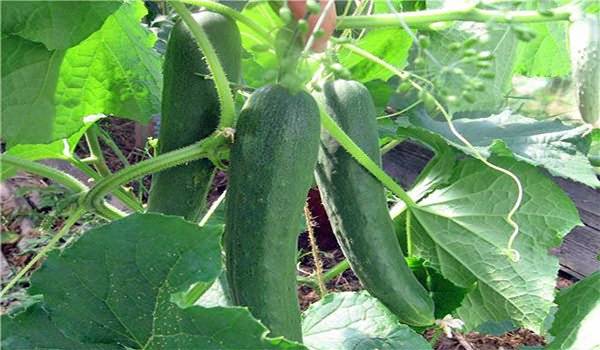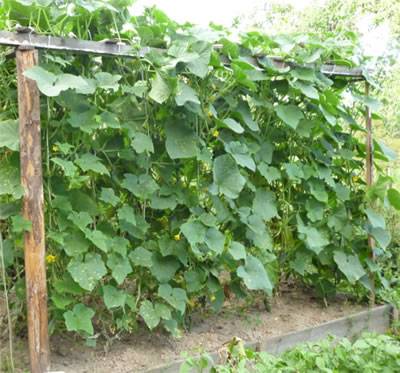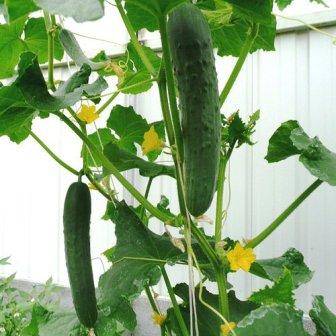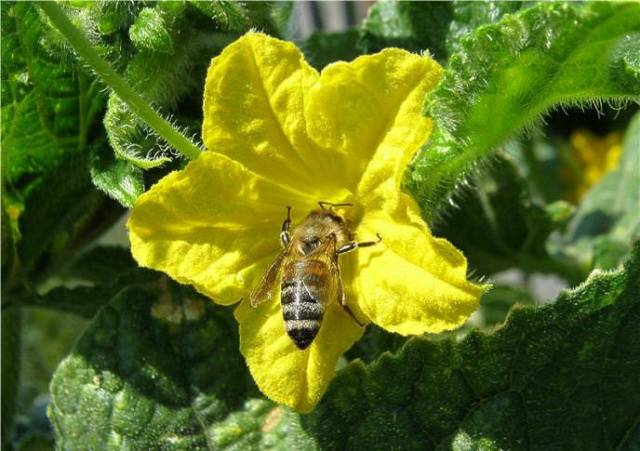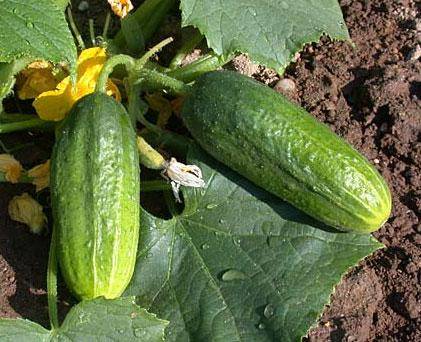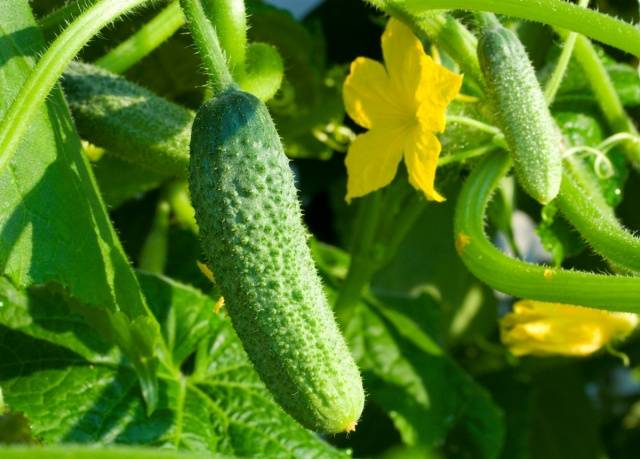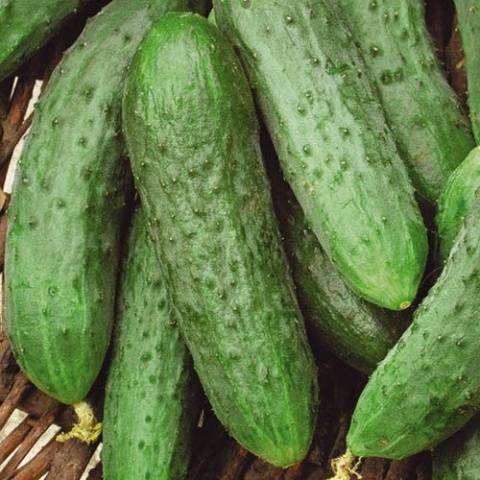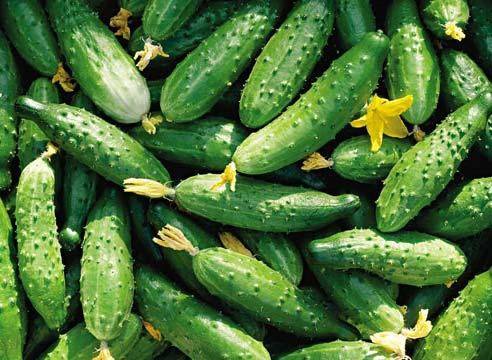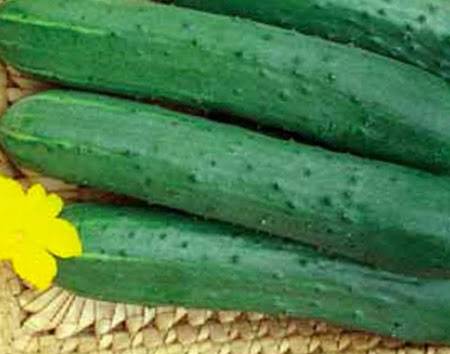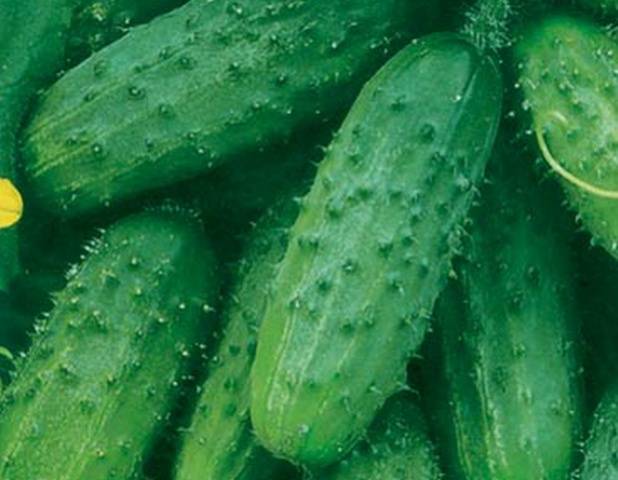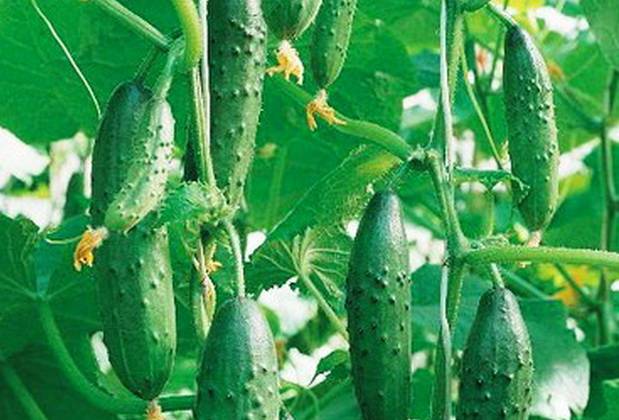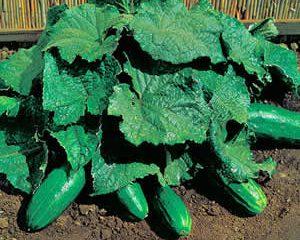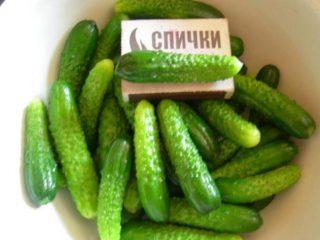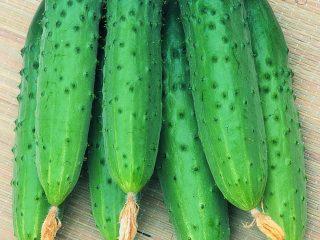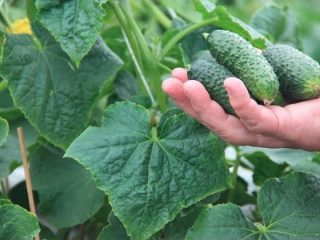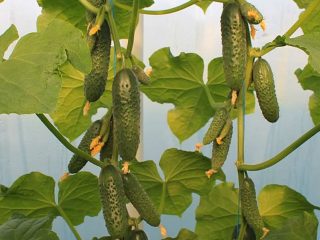Content
A good harvest of cucumbers depends on correctly placed accents: the choice of time for sowing planting material, soil fertility, vegetable varieties and compliance with agrotechnical growing methods.
It is possible to obtain a high-quality and good harvest of cucumbers if you know agrotechnical growing techniques and the time that is suitable for planting the crop. Cucumbers are a heat-loving plant, so seeds are sown in May when the weather is warm and the thermometer does not drop below +10 °C at night. A popular saying says: “If dandelions bloom en masse, it means it’s time to sow vegetable seeds.”
Planting time for cucumbers depending on climatic conditions
In Moscow and Moscow region in the second ten days of May, seeds are sown under film and in a glass greenhouse, at the end of May - in a temporary removable greenhouse.
Optimal time for sowing seeds in the Middle Urals. The harsh climate does not allow sowing cucumbers in open ground.Planting of the crop is carried out through seedlings, which are grown at home and transferred to the greenhouse at the end of May.
Planting a crop in the Urals. In the first ten days of May, seedlings are planted under film in soil with biofuel, in the third ten days - in greenhouses without humus.
When to plant in the Leningrad region. Seedlings are sown in late April and early May. The grown culture is transferred to a glass or film greenhouse in the third decade of May.
Planting vegetables in Crimea. Sowing seeds in open ground is carried out in early May; this time is considered favorable for planting ready-made seedlings.
Calculation of sowing dates for cucumbers
The seedlings are transplanted into a nutrient substrate at the age of 25-30 days. Plants should have 3-4 well-developed leaves and reach a height of 30 cm. When calculating the time, the ripening speed of the variety is taken into account:
- early ripe cucumbers begin to bear fruit 32-45 days after the planting process;
- mid-season - on the 50th day;
- late ripening - 55-65 days.
By correlating the varietal characteristics of each species and climatic conditions, you can get a rich harvest.
What signs to look for when choosing cucumbers
When buying seeds of varieties and hybrids, pay attention not only to size and shape.
What does the appearance of cucumbers say?
Vegetables with pubescence. The spine of the fruit may be dense or may be completely absent. Next to the small spikes there will be large ones. And the color of the pubescence itself differs. There are varieties and hybrids with whitish, black and brownish thorns.
White-thorn cucumbers Suitable only for everyday consumption, for preparing salads. Such fruits are not suitable for pickling.
Universal type of cucumber - fruits with brown or black thorns. All varieties of this species are intended for cultivation in greenhouses and open ground. You can use them to prepare salads and pickle them for the winter.
The best vegetable varieties for growing in open ground
To obtain an early harvest, it is recommended to grow the following varieties of cucumbers.
"Competitor"
The variety is resistant to powdery mildew and bacterial diseases. The fruits can be canned. The “competitor” is planted in nutritious soil and watered abundantly. If these conditions are neglected, the fruits will be dry and bitter.
Advantages of the variety:
- gives a stable and high yield;
- characterized by a long fruiting period;
- from 1 m2 plantings can harvest up to 3.5 kg of cucumbers;
- the fruits have a good appearance and excellent quality;
- The seeds have good germination.
Along with the advantages, there are also disadvantages. If the fruits are not removed from the garden in time, cracks appear on the peel and the aroma of the fruit disappears.
"Elegant"
The early-ripening variety has won the sympathy of gardeners. In addition to excellent yield, the variety is famous for its resistance to cold. An average of 50 days pass from sowing until the crop begins to bear fruit. Is a good pollinator. Sowing seeds in the ground is carried out depending on the climatic conditions of the region.
The variety is undemanding to care and requires regular watering with warm water. Responds well to fertilization. You need to feed once every 10 days.When the plant has 3 true leaves, you will need to pinch the top to ensure the variety grows.
Ellipse-shaped fruits weigh up to 125 g. Cucumbers retain their freshness and taste for a long time. Designed for salting.
"Cascade"
Belongs to early ripening varieties. It begins to bear fruit 45 days after sowing the seeds. Can be grown in a greenhouse and in open ground. Tasty, crispy, smooth fruits have a spindle shape with small, clearly visible tubercles. Suitable for salads and pickling.
Features of the variety:
- thermophilic;
- resistant to powdery mildew;
- requires abundant watering;
- planting is carried out in light, fertile soil.
Care consists of loosening the soil, applying fertilizers and removing weed.
Which cucumbers are suitable for pickling?
“Competitor” and “Cascade” are the most suitable varieties for canning. But, besides them, the following varieties are worthy of attention.
"Aquarius"
Ideal for growing in open ground. The fruits reach a length of 10 cm and have a pleasant green color. Gives a high yield. Diseases such as downy mildew, anthracnose, and bacteriosis are not terrible for the plant. It is used both fresh and suitable for canning.
Seeds are sown in open ground when the soil warms up to +18 °C. The culture is very sensitive to low temperatures: growth stops and it becomes susceptible to various diseases.
"Far Eastern"
Bee-pollinated variety. It takes 45 days from planting to fruiting. The plant has long, branched vines. It does not differ in the density of foliage, which simplifies the harvesting work. The fruits have an elongated shape, similar to an ellipse.
Advantages of the variety:
- high yield;
- long fruiting;
- good taste, lasting up to 2 days;
- Drought resistant.
Disadvantages include the presence of barren flowers and rapid yellowing of the fruits.
Yield hybrid varieties
The F1 marking indicates that the variety was obtained by crossing.
Distinctive properties of hybrids:
- good yield;
- enviable endurance;
- pleasant taste of fruits.
Every gardener has a glimmer of hope that his labors will not be in vain and the harvest will be high. I would like to have enough cucumbers not only to eat, but also to preserve for the winter. Among the huge selection of planting material, many are at a loss and do not know which high-yielding variety to give preference to. The yield of a crop directly depends on the soil in which it will be grown and on compliance with agricultural practices. Let's look at the highest-yielding varieties.
"Springhead F1"
Tall plant with predominantly female flowers. The ovaries are formed in a bunch: up to 3 fruits in one node. The plant is resistant to powdery mildew, anthracnose, and spotted olive. It takes 50 days from germination to harvest. The slightly tuberous fruits reach 10 cm in length and are characterized by the absence of bitterness. The flesh is soft and crispy.
Advantages of the variety:
- resistant to drought and disease;
- retains commercial quality for a long time;
- long fruiting period;
- high productivity;
- suitable for pickling.
"Zozulya F1"
It is very popular among vegetable growers. From 1 m2 You can collect up to 10 kg of fruit. An early-ripening hybrid with cylindrical, slightly tuberculate oblong fruits. Against the background of the dark green color of the cucumbers, you can see white stripes. The variety is pollinated without the participation of insects. Resistant to diseases.
Seeds do not require pre-sowing treatment: disinfection, soaking. They can be sown dry in open ground in early May. If cultivation occurs in seedlings, then the young plants are transferred to the garden bed in the third decade of May.
Varieties of cucumbers for canning
Not all varieties are suitable for pickling. In order not to make a mistake with your choice, you will need to carefully study the instructions for growing a particular variety. But the best varieties for home canning are the following.
"Antoshka F1"
Suitable for growing in open-air beds and film greenhouses. The medium-ripening hybrid has good yield. The nodes contain up to 4-6 ovaries. Characterized by indeterminateness, good cane formation, and strong growth. The foliage of the plant is green, with faint waves visible along the edges. The fruits are spindle-shaped with faint tubercles and black spines. It is famous for its high pickling qualities. Resistant to many diseases.
"Emelya F1"
The plant is distinguished by powerful growth and has shortened internodes. Cucumbers are colored intense green. The soft skin does not taste bitter. Zelentsy have high taste qualities.
Advantages:
- grows well in greenhouses and open ground;
- has predominantly female flowers;
- high productivity;
- resistance to low temperatures and diseases.
There are also disadvantages. When the soil is waterlogged, the plant becomes infected with downy mildew.
All information about growing cucumbers can be found in the video:
Conclusion
Cucumbers contain many vitamins and minerals that are so necessary to maintain health, especially during the off-season. Therefore, every gardener stocks up with seeds and, starting in May, grows cucumbers.
